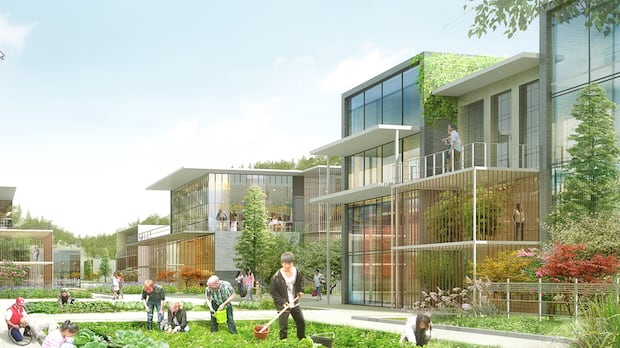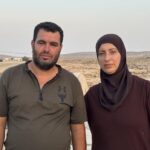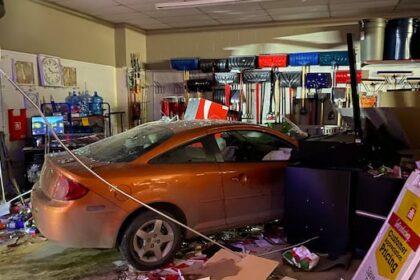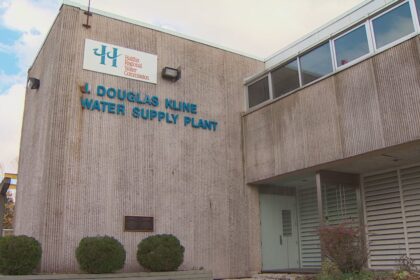SaskatoonSix years after Saskatoon city council rejected a solar-powered community, the city’s opposition to the proposed development lives on. But this time, the neighbourhood is being planned outside city limits in the Rural Municipality of Corman Park. City’s objection stalls plans for ‘sustainable’ neighbourhood in RM of Corman ParkPhil Tank · CBC News · Posted: Oct 17, 2025 6:00 AM EDT | Last Updated: 7 hours agoA file image shows Arbutus Properties’ vision for its Solair community, which is now being proposed in a scaled-down version entirely situated in the RM of Corman Park. (Arbutus Properties)Six years after Saskatoon city council rejected a solar-powered community, the city’s opposition to the proposed development lives on.But this time, the neighbourhood is being planned outside city limits, in the Rural Municipality of Corman Park.The RM was seeking approval Thursday from a district planning commission to move forward with the Solair community by Arbutus Properties, but an objection by the City of Saskatoon stalled the process.Murray Totland, the director of planning for Arbutus and a former Saskatoon city manager, said he was not sure how long it would take to address concerns raised by the city, since he did not understand the issues raised by the city.“We’d like an answer, to be frank,” Totland told the district planning commission of the P4G regional planning group that includes the cities of Saskatoon, Martensville and Warman, the RM of Corman Park and the Town of Osler.“Good, bad or indifferent, we’d like an answer. That’s why we’re here today.”The commission voted to defer considering changes proposed by Arbutus to the regional community plan that would allow Solair to proceed. The approval or rejection of those changes will wait an undetermined period until Saskatoon’s concerns can be addressed.Originally, Solair was touted as a solar-powered community — with houses featuring solar panels — that would be partly located inside Saskatoon next to the southeast Rosewood neighbourhood and partly in Corman Park.The development was expected to bring $1 billion in economic benefits. Yet a council led by former mayor Charlie Clark that was widely considered to be sympathetic to environmental sustainability soundly rejected the plan in 2019.Project downsizedNow, the project has been scaled back from its original size to be located entirely inside Corman Park, bordered on the north by a future extension of Taylor Street east of Saskatoon and the Canadian Pacific Kansas City Ltd. rail line on the east.Instead of 2,200 homes like in the original proposed community, the new version would include 1,700 homes on 158 acres. This number would include 640 single-family homes. The expected population of Solair at completion has been reduced from about 7,000 to 4,050.But that’s still nearly half of the 8,909 people who live in Corman Park, according to the 2021 census.The original plan for solar panels on all the homes has also been abandoned, according to an email from Totland, partly because SaskPower changed the rules governing solar power generation to make it less attractive. As such, solar panels will be offered as an add-on to homes with an option to lease them and then buy them outright.The community is being billed as “Saskatchewan’s largest sustainable community development.”“I hope that this all works out,” Saskatoon Coun. Bev Dubois told the meeting, “because we all want to work together with development and co-operate with each other.”But speakers from the RM’s administration suggested Saskatoon’s objection to Solair may stem from future plans to expand east past current city boundaries and develop the land to expand the city’s tax base.A delegation from Saskatoon city hall administration said the plan for Solair violated the principles of the regional planning group of efficiency, integration and co-ordination between the five member municipalities.Specifically, objections were raised over Solair’s plans to use a sewage treatment plant located just south of the proposed location and run by the English River First Nation. The commission heard of city plans to build a new sewage treatment plan just north of where Solair would be built.Totland responded that the plan for Solair is as detailed as other concept plans approved by municipalities. He speculated about whether the community is being held to higher standards.’We know what we’re doing’Corman Park Reeve Joe Hargrave said the RM plans to address concerns raised by the city. But he cautioned against the perception of the RM as less capable of solid planning.“We have the third-largest planning department in the province,” Hargrave said. “So we know what we’re doing. We’ve got great people working for us.��”Hargrave said the RM is also facing the same growth pressures as elsewhere in the region and added Saskatoon Mayor Cynthia Block frequently talks about the city’s housing crisis. The RM wants to help solve the housing conundrum with development, he added“Not everybody, believe it or not, wants to live in Saskatoon,” Hargrave said. “I’ve talked to so many people who actually are looking at Warman, Martensville or the RM because they don’t want a 25-foot lot, they want a 50-foot lot.”Hargrave also took a swipe at poor planning in Saskatoon’s Stonebridge neighbourhood.Former Saskatoon mayor Don Atchison appeared at the meeting to speak in favour of the Solair development, saying it meets the future aspirations of the City of Saskatoon.Atchison noted he was one of the “architects” of the regional planning group.He called the decision on Solair a “defining moment” for the viability of Corman Park.“Corman Park can be the new Surrey, B.C.,” Atchison, referencing the city near Vancouver that’s part of the Lower Mainland in British Columbia. “[Corman Park] truly [is] a sleeping giant.”
Saskatoon still opposes solar community, even if it’s outside city limits












